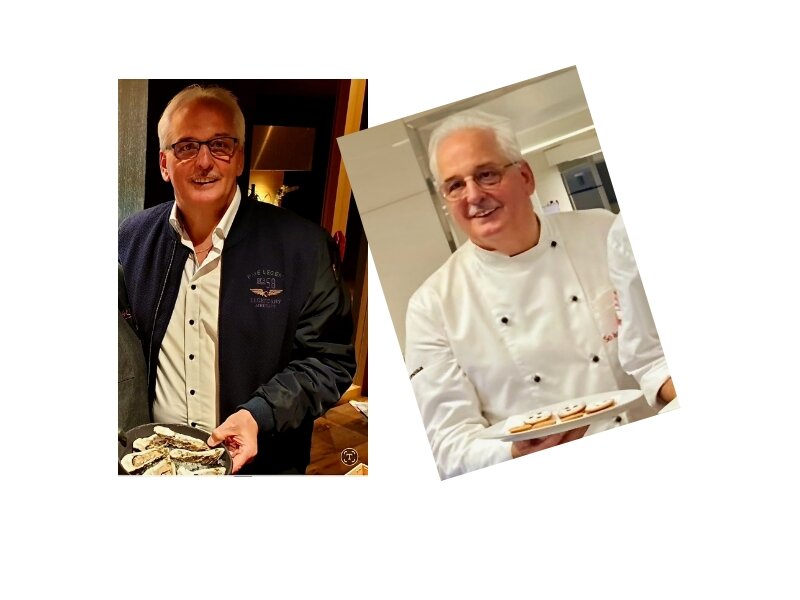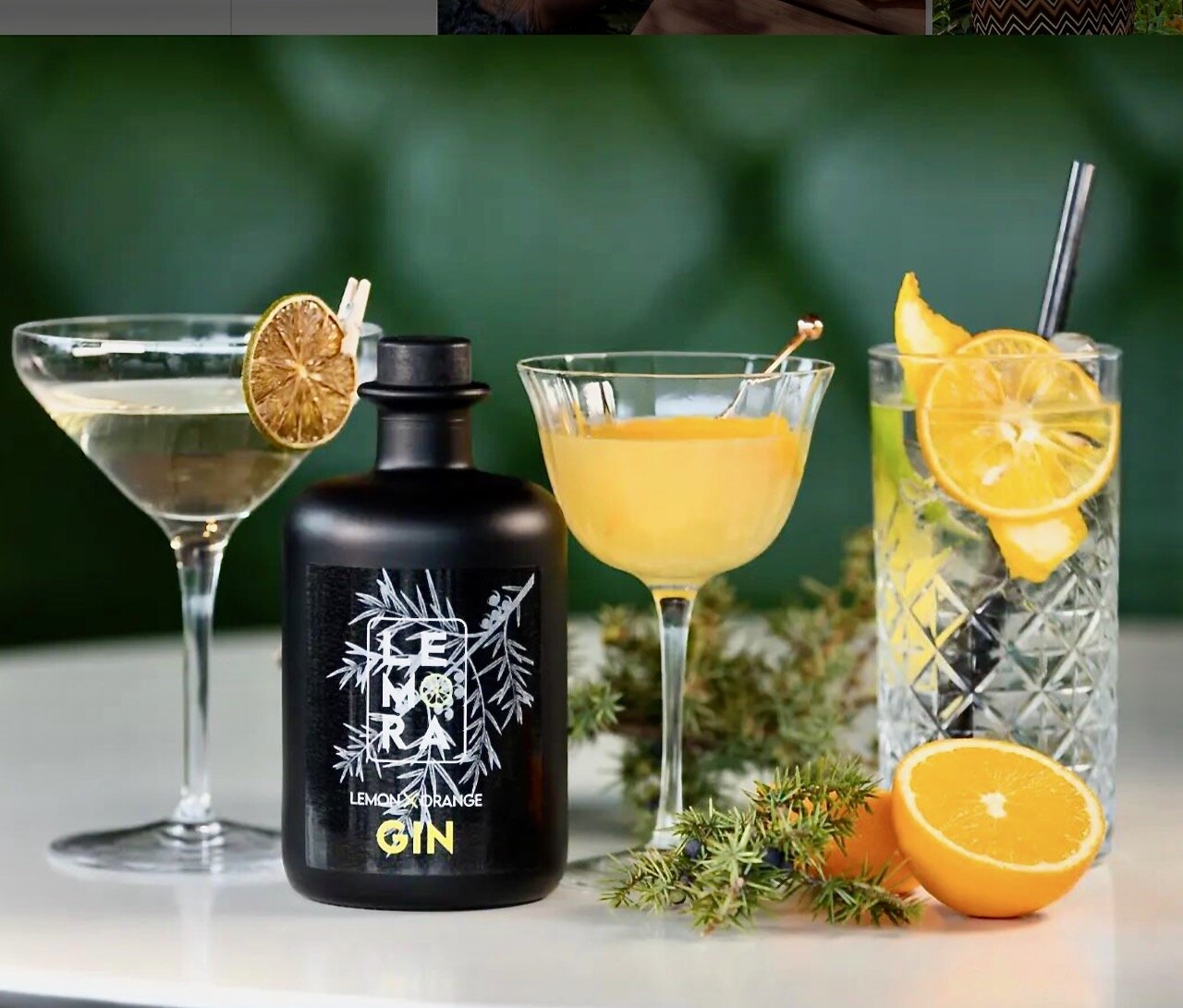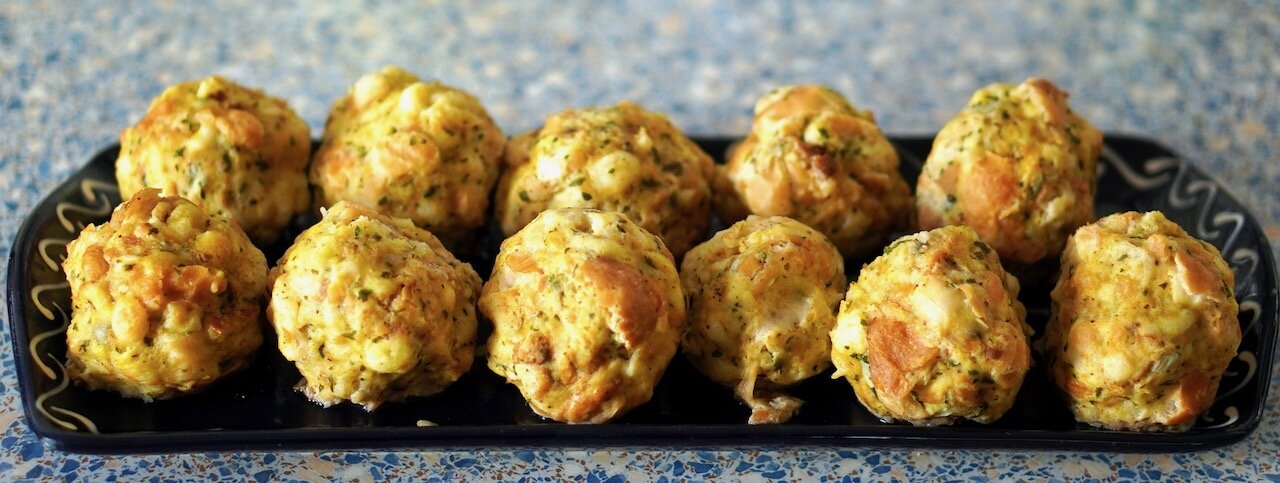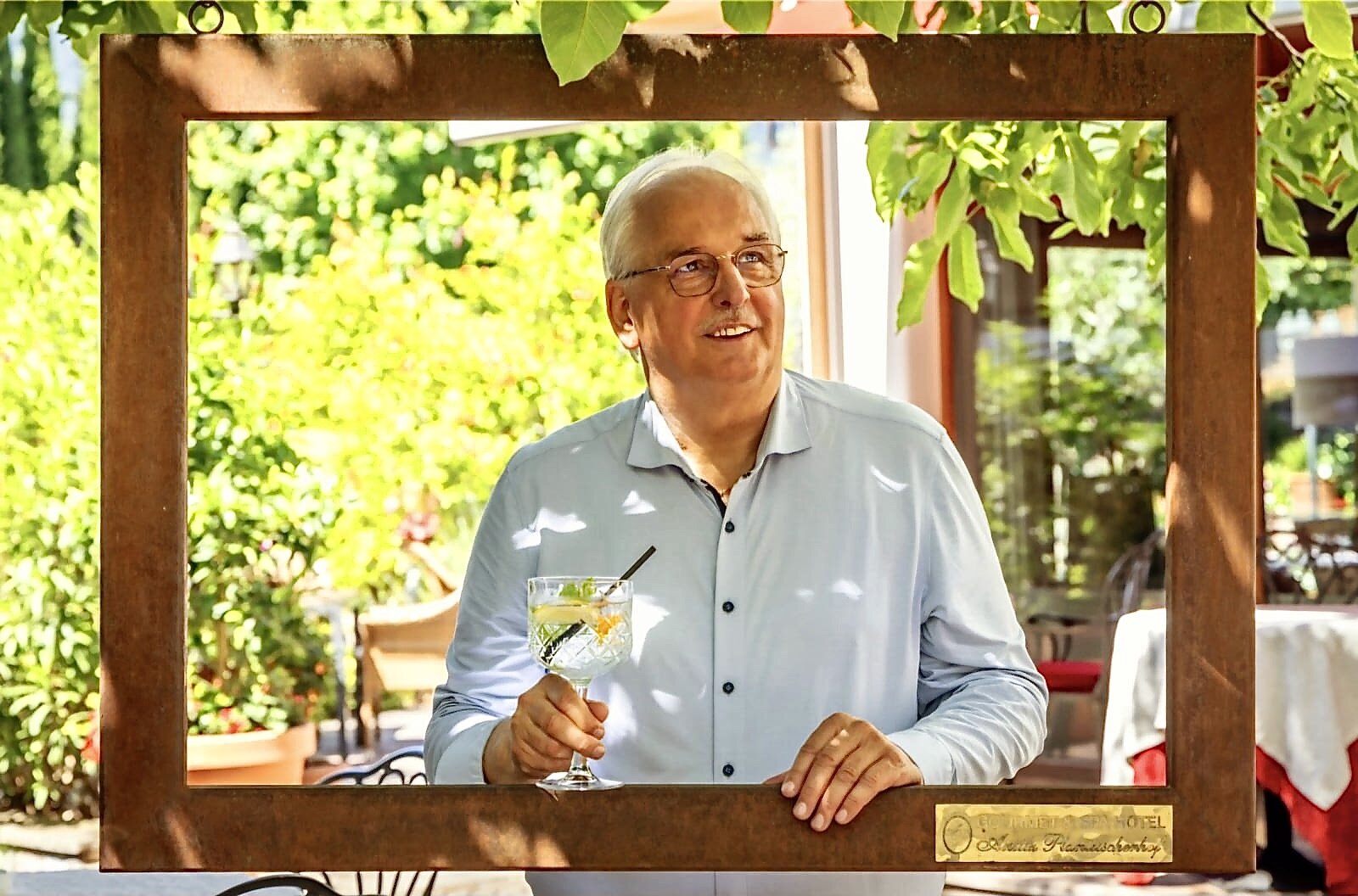He is a universal talent. But first and foremost, he is a chef – and he puts his heart and soul into it. However, he is also a successful author, educator and teacher, food designer and product developer, cooking course instructor and event creator. The name Heinrich Gasteiger is synonymous with the culinary scene in South Tyrol.
Â
Above all, with his publications in collaboration with his colleagues Gerhard Wieser and Helmut Bachmann, he has played a decisive role in bringing a breath of fresh air to South Tyrol's kitchens. ‘So kocht Südtirol’ (How South Tyrol cooks), the bestseller, which has been reprinted several times and translated into other languages, has found its way into countless households and triggered a real hype. The result was that successful recipes sparked interest in traditional gastronomy and culinary awareness. Riding the wave of his literary success, Gasteiger and his team have published around fifty more books with Athesia Tappeiner Verlag. Enduring food culture, tradition and modernity – a complete portfolio for the interested reader.
Â

NOTHING COMES FROM NOTHING
Â
Of course, Heinrich Gasteiger, who now lives in Lana near Merano, was not born with his skills. With a passion for food culture and a healthy dose of curiosity, he completed his professional training, specialising in the culinary arts and patisserie.
Knowing full well that South Tyrolean cuisine cannot be the centre of the culinary landscape, he moved away early on to learn about other gastronomic traditions and techniques. He followed in the footsteps of Heinz Winkler, probably South Tyrol's most famous chef, who found his niche in Germany, earned three Michelin stars there and was named ‘Chef of the Year’ by the Michelin Guide in 1979.
Heinrich Gasteiger's path led him to renowned hotels and restaurants in Germany, Austria and Switzerland, including the Chesery restaurant in Gstaad, the Hilton Park Hotel in Munich and the Santabbondio restaurant in Lugano. Seefeld and Vienna were further stops where he enthusiastically perfected his knowledge of international cuisine.
Â

AFTER THE LEARNING YEARS, THE TEACHING YEARS
Â
He is a very communicative person, which is probably why Heinrich Gasteiger decided in 1985 to switch from hotel cuisine to teaching. He felt a constant need to share his knowledge and experience rather than keeping it to himself. Where better to do this than in front of a group of eager students, all with the goal of making the hotel and catering industry their life's work?Â
Thus, the most important training centre for the hotel industry in South Tyrol, the ‘Kaiserhof’ Provincial Hotel Management School in Merano, was to be his primary field of activity for more than thirty years. As a competent specialist teacher, Gasteiger was also in demand in other areas, and it was up to him, as a member of the jury at national cooking competitions, to determine the best performances of the candidates and teams. At the same time, he did not shy away from direct comparison with other greats in his field and took part in competitions in which his culinary skills were repeatedly awarded silver and gold medals.
Â
A RESTLESS VISIONARY
Â
Heinrich Gasteiger certainly cannot be accused of lacking foresight. Together with his team of authors ‘So kocht Südtirol’(How South Tyrol cooks), he was not content with just publishing books, but also developed a range of ready-made products that can be helpful in implementing the recipes described, while also conveying South Tyrolean traditions. The range extends from spice mixtures, ribbon noodles, Schüttelbrot and bacon to ready-made meat dishes.
In keeping with the spirit of the times, Gasteiger has developed his ‘Lemora’ gin. Purists among gin lovers may miss the dominance of juniper berries. This is deliberate, as ‘Lemora’ is intended to combine classic notes with elements of the Mediterranean terroir, arguments with southern botanicals and spices. And Gasteiger would not be a chef with heart and soul if he had not also thought of using this elegant spirit in the kitchen when creating it. To enhance high-quality dishes such as prawns and scallops, or salmon or beef tartare.
Â

SOUTH TYROL, QUO VADIS?
Â
South Tyrol is currently more popular than ever as a holiday destination, as the figures from the tourism industry clearly show. The local restaurant industry is correspondingly important, and with the current Michelin Guide awards for 21 restaurants, the region boasts an astonishing density of upscale gastronomy. Many kitchens have been able to establish themselves in their wake, with their own concepts, based on tradition or with an eye on the latest food trends.
But what does the gastronomy industry in South Tyrol need in order to survive? Gasteiger has very specific ideas about this. The people who work in the kitchens must understand their craft and know the products and ingredients in order to use and prepare them properly. Trained and experienced chefs guarantee restaurant operators and service teams smooth, stress-free operations and consistently high-quality food. Efficient planning also enables savings in the procurement of goods and minimises waste.
Â
Â
OLD SCHOOL AND TRENDY COOKING
First of all: both are currently popular and have their own fan base. The old school can boast tradition, tried-and-tested recipes and is often characterised by regional products. Modern cooking is dominated by a willingness to experiment with international ingredients and flavours. Heinrich Gasteiger says: "In principle, it's good when chefs identify with different trends and create their own concepts. South Tyrolean gastronomy has always benefited from this – just think of the Mediterranean influences that are now also part of traditional cuisine. But compromises have to be made and the right location for a special offering has to be available. For example, seafood has no place in the Alps, whereas international and experimental dishes with Asian spices and herbs can be very successful, especially in larger centres with a young clientele."
Nowadays, chefs can also rely on efficient technical aids, with sophisticated, intelligent systems reliably taking over work processes for the kitchen brigade. Mechanical upgrades have also opened up new perspectives at the stove, with new cooking and preservation methods increasingly being used today. For Gasteiger, this is undoubtedly an important advance in the organisation of gastronomy, but also an opportunity to respond to the structure and composition of the food being processed. Gentle cooking using the low-temperature method has become established, especially for fish and components with a fragile structure. This contrasts with large cuts of meat, mainly beef, which develop roasted aromas and texture by searing at high heat and then reaching the desired cooking point while resting.
More than ten years ago, molecular cuisine was still at its peak, but Gasteiger no longer considers it appropriate today, as it is too costly and requires many steps. But even with the trend towards authenticity and naturalness, it is no longer at the top of the guest's favour. Sous vide, on the other hand, is trendy as a cooking method that delivers excellent results. It offers a fantastic taste experience, the flavours of the ingredients, spices and herbs remain unadulterated, and dishes can also be prepared and stored well. Gasteiger sees the only drawback in the ecological sustainability, due to the increased use of plastic with the vacuum bags.Â

QUALITY FEATURE REGIONALITY
Â
In the wake of general efforts to curb climate change, which can no longer be denied, the catering industry is also adapting to score points with guests by using local products and short supply chains, the trendy ‘farm to table’ concept.
For Heinrich Gasteiger, it is important to differentiate, because alternatives must also be accepted for the quality of the food and thus for the success of the restaurant. He would not measure the shortness of a supply chain in distance, but in the time it takes for the food to be ready for processing. In any case, the shorter the better.
To ensure the authenticity of regionality, politicians have turned to the proven classification system used for wines and awarded the IGP label to food products worthy of protection. A regional ‘Made in Italy’, if you will. The associated quality assurance precisely defines the production method, permitted ingredients and appearance of the product.
Gasteiger has reservations about South Tyrolean meat, so he can well understand why chefs are turning their backs on regionality. Local producers cannot supply enough local meat, and moreover, it cannot compete with products from other countries in terms of quality. That is why a lot of meat is still sourced from Argentina, New Zealand or Scotland. In contrast to South Tyrol, livestock farming there is geared towards consumption, resulting in a high-quality end product. When braised or roasted, the meat literally melts in your mouth. South Tyrol still has some catching up to do in this regard.
Â
Â
WHAT DOES THE FUTURE HOLD?
It is impossible to predict. It almost seems as if South Tyrolean gastronomy is in a state of upheaval. The staffing problem is exacerbating the general uncertainty, with some restaurateurs being forced to use ready-made products to fill the gap left by staff shortages. This is cost-intensive and not suitable for higher standards. Another unknown factor is artificial intelligence, which is making a massive push into the tourism and hotel industry. Technical innovations, 3D printers for food, kitchen robots and digital platforms in service with AI for food and drink recommendations, lab-grown meat...
Â
... George Orwell sends his regards.
Â
Sources:
Â
https://www.so-kocht-suedtirol.it
https://de.wikipedia.org/wiki/Heinrich_Gasteiger
https://www.athesia-tappeiner.com/de/autoren/heinrich-gasteiger
Genussmagazin 01/ tt-consulting.com
Fotos: Heinrich Gasteiger



